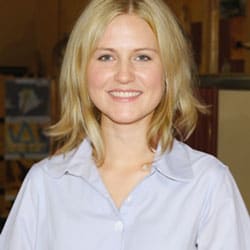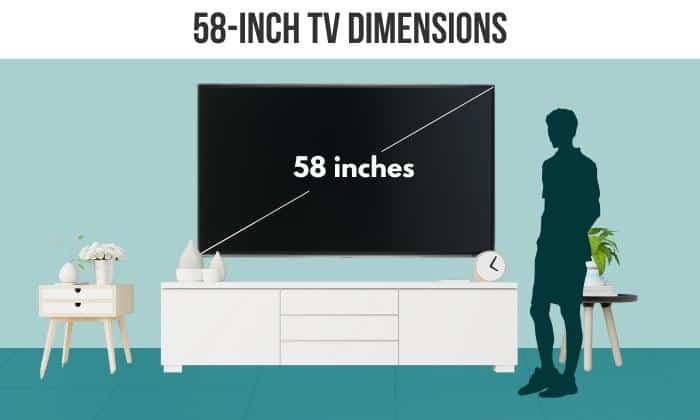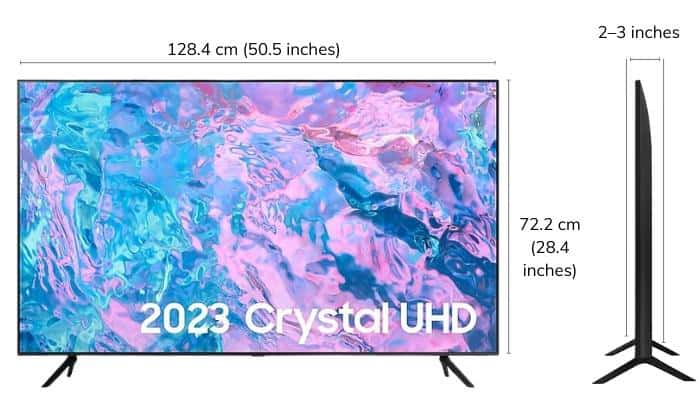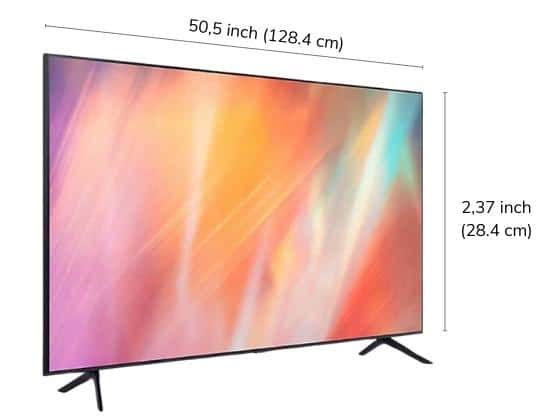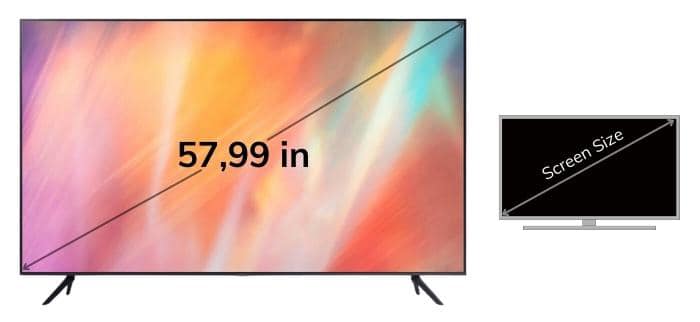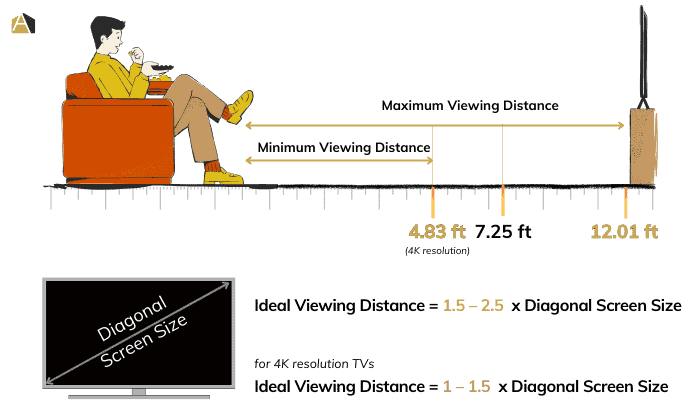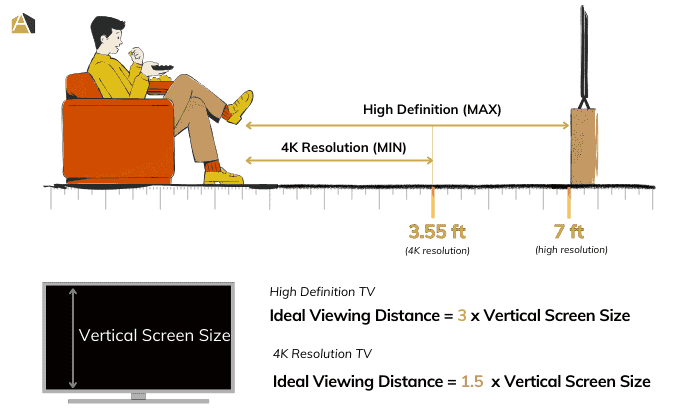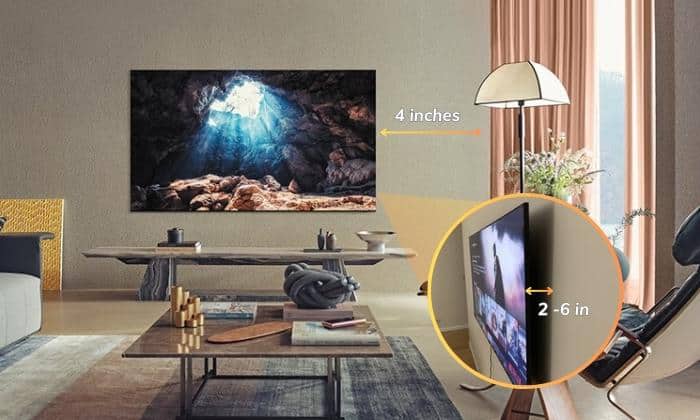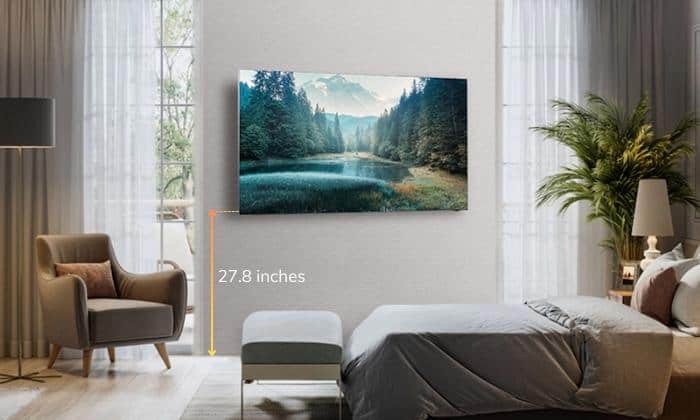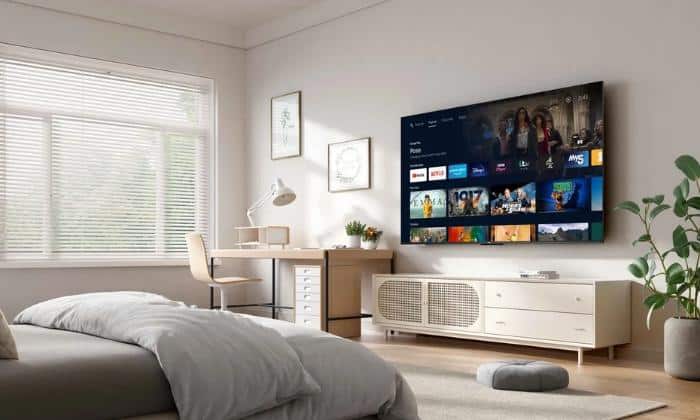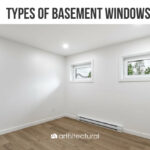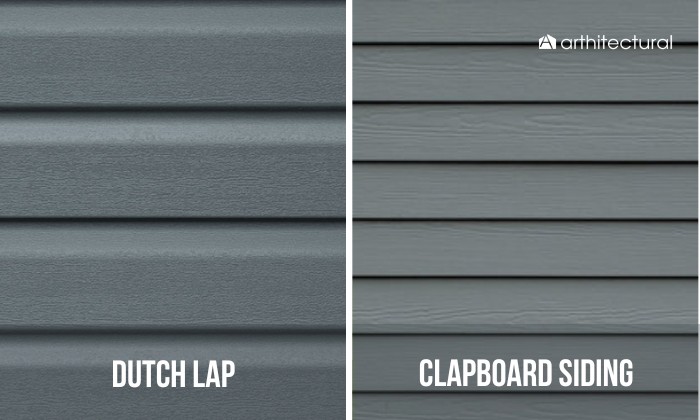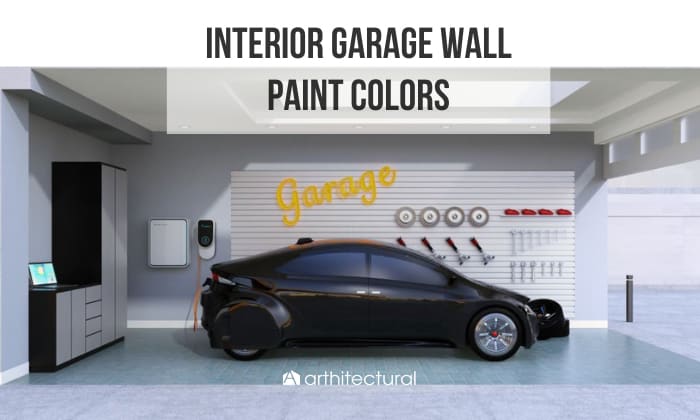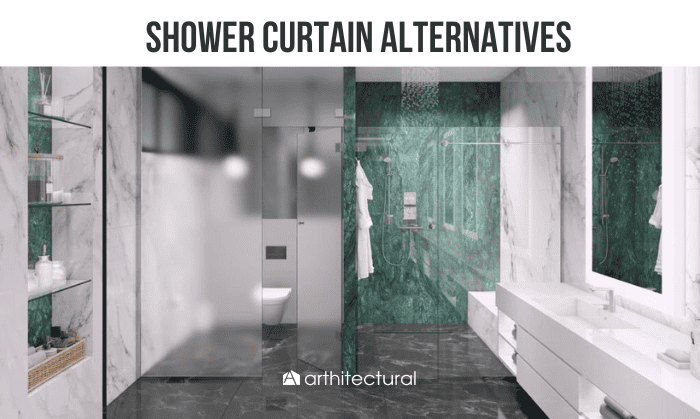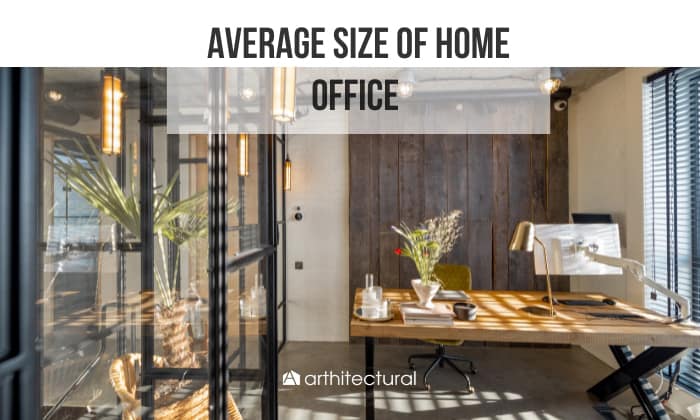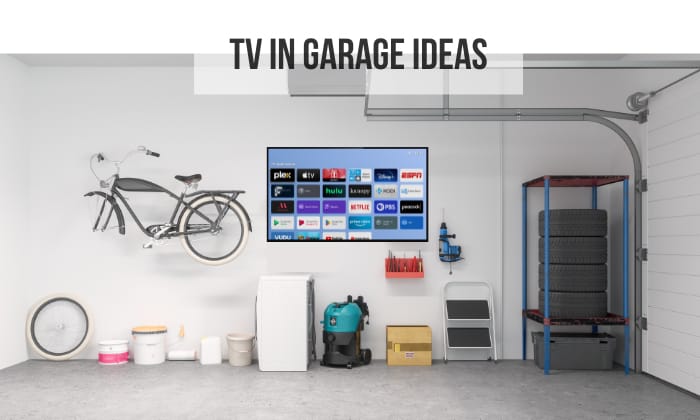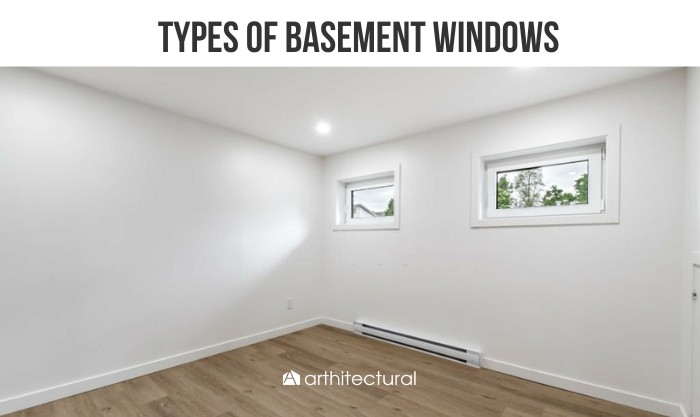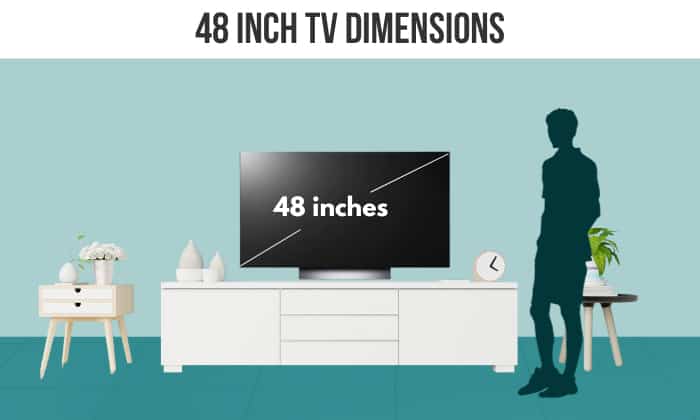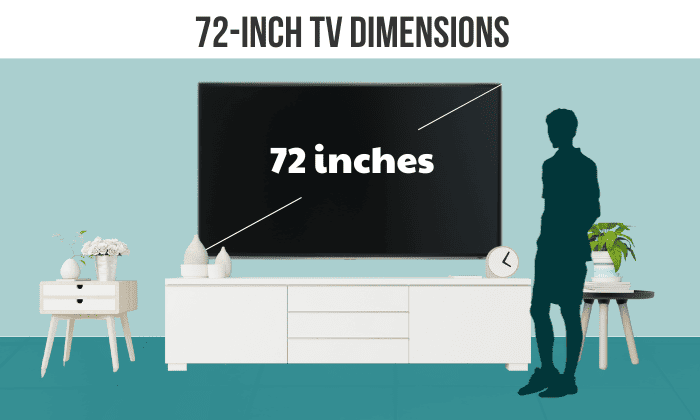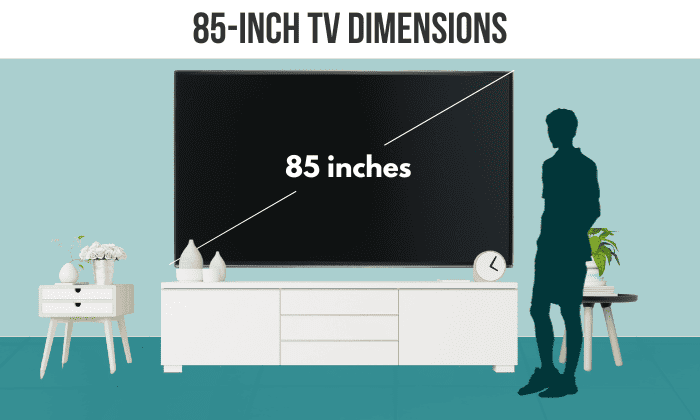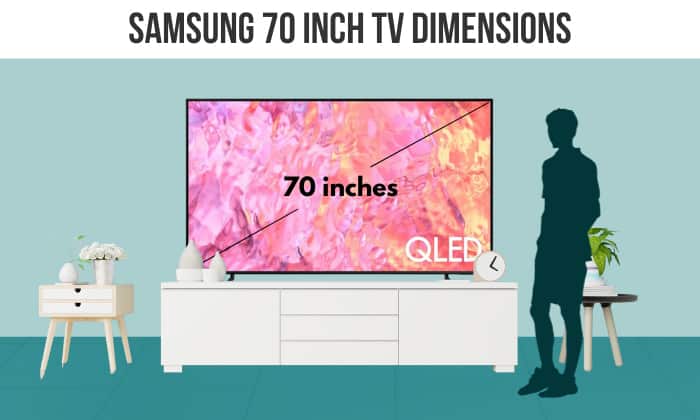The 58 inch TV dimensions balance size and practicality without overwhelming your living area.
The modern 58″ TVs with a 16:9 aspect ratio usually come with an average width of 128.4 cm (50.5 inches) and a height of approximately 72.2 cm (28.4 inches). These figures are enough to cover an area of roughly 1,434.20 square inches.
This article discusses the dimensions and factors to consider when choosing a 58-inch flat-screen TV.
Table of Contents
Dimensions of 58 Inch TV
The overall dimensions of a TV typically refer to the television’s width, height, and depth. In the case of 58-inch TV sizes, they do not shy away from the given measurements above, and their depth is dependent on the model and brand but typically falls between 2–3 inches.
For a more detailed measurement, refer to the table below:
| 58-inch TV Dimension | |||
| Measurement Type | Width | Height | Diagonal |
| Feet | 4.21 | 2.37 | 4.83 |
| Inches (in) | 50.5 | 28.4 | 57.99 |
| Centimeter (cm) | 128.4 | 72.2 | 147.3 |
| Millimeter (mm) | 1284 | 722 | 1473 |
When you want to quickly and easily project how wide a 58-inch TV is, you better use the feet measurement, which is 4.21 feet.
However, inches, centimeters, and millimeters are the official measurements in every TV dimension.
- The dimension of 58-inch TV in inches, as reflected in the table, is 50.5 inches by 2.37 inches. As you might have noticed, the width has a big difference to the diagonal size, which is nearly 58 inches.
- The width and height in centimeters are approximately 128.4 and 28.4, respectively.
- To determine the screen size or dimension of a 58-inch TV, measure diagonally from one bottom left corner to the opposite top right corner of the screen or vice versa, excluding the surrounding frames. Most 58-inch TVs typically have around 57.99 inches.
Bear in mind that screen dimensions are commonly estimated. There are minor variances of a few millimeters, like the diagonal measurement displayed in the table. Moreover, they are uniformly standardized in inches.
The exterior dimensions determine how big a 58-inch TV is. It also dictates how much wall space you need for a trouble-free setup and helps avoid fitting issues once placed in its designated spot.
How to Measure the Space for a Large TV
Finding the ideal roundabout space measurements for large TVs includes screen distance and proper placement. These are essential elements for convenience and an immersive viewing experience. Here are a few tips to consider:
1. Consider Viewing Distance
Some major TV manufacturers recommend the perfect viewing distance for their products, depending on the TV type. For instance, Samsung suggests that the ideal viewing distances should be 1.5 – 2.5 times the diagonal screen size and 1-1.5 times for 4K resolution TVs.
Using this suggestion for a 58-inch TV, we’ll come up with the following:
- Minimum Viewing Distance
HD and UHD: 58 inches x 1.5 = 87 inches (7.25 feet)
4K Resolution: 58 inches x 1 = 58 inches (4.83 feet)
- Maximum Viewing Distance
HD and UHD: 58 inches x 2.5 = 145 inches (12.01 feet)
4K Resolution: 58 inches x 1.5 = 87 inches (7.25 feet)
Sony uses a different approach for viewing distance. It uses the vertical screen size of the TV as the baseline instead of the diagonal size. The height is multiplied by 3 for HD and UHD TVs and 1.5 for 4K TVs. To show it in a mathematical equation, it goes this way:
- High Definition – multiply the vertical screen size by three times.
28.4 inches x 3 = 84 inches (7 feet)
- 4K Resolution – multiply the vertical screen size by 1.5 times.
28.4 inches x 1.5 = 42.6 inches (3.55 feet)
2. Account for Clearance
Leave some clearance around the TV for ventilation and accessibility. Experts recommend leaving at least a 2 to 6-inch gap between the wall and the TV and 4 inches on the sides. These spaces allow convenient connection and cable management and serve as ventilation to prevent overheating.
3. TV Placement Height
Relaxation is the primary purpose of having a television. Therefore, it is recommended to position the TV at eye level from the main sitting area to maximize viewing comfort. Alternatively, you may opt for the standard 42 inches center height method for mounting or placement.
Using the 42-inch center height method, divide the 28.4 inches by 2 (28.4 ፥ 2 = 14.2). And then, subtract 14.2 from 42 inches (42 – 14.2 = 27.8). The final answer, which is 27.8 inches, will be the distance of the TV’s bottom from the floor.
Other Factors to Consider When Choosing a 58-inch TV
Apart from the given physical measurements, there are several other factors you should consider when selecting a 58-inch TV. Here are they:
- Resolution
The higher the resolution a TV has, the better its quality picture is. Hence, opting for 4K Smart TVs provides you with stunning pictures that can be viewed at a nearer distance. It also lets you access a wide array of streaming services and apps.
- Connectivity
Check the TV connectivity to ensure it has enough HDMI ports, USB ports, and Wi-Fi. They are helpful if you need to connect devices like gaming consoles or other media accessories.
- Sound Quality
Some built-in speakers may not deliver optimal sound quality at maximum volume. In such cases, consider upgrading to higher-quality speakers or a soundbar for an enhanced audio experience.
- Brand and Reviews
Survey various brands and analyze customer opinions to ensure reliability, durability, and customer satisfaction. Occasionally, you may stumble upon reviews highlighting the weaknesses of a particular model or brand.
Conclusion
The 58 inch TV dimensions are ideal for medium to average large rooms. Their sleek design and stunning quality seamlessly blend into the wall without overpowering the surrounding space. Knowing basic information about TV measurements and other essential factors helps prevent regrets and uncertainties when purchasing.
It also serves as your guide in choosing the perfect TV to accompany you for years of relaxation and entertainment.

As a 3-year architect, my integral tasks have always created beautiful pre-design for many construction projects. I have been a part of the process of designing, planning, and developing buildings. And to bring such experiences into establishing Arthitectural is another dream comes true.

